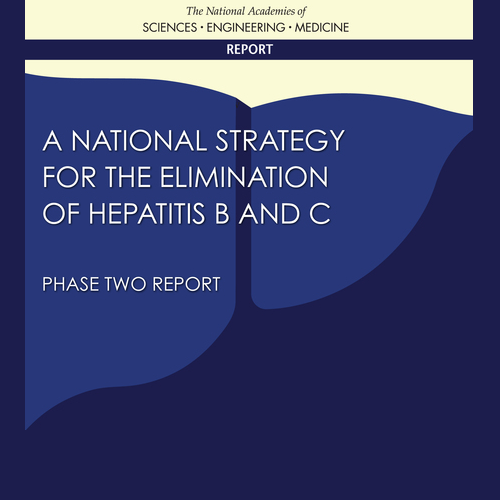Summary
Hepatitis B and C cause most cases of hepatitis in the United States and the world. The two diseases account for about a million deaths a year and 78 percent of world’s hepatocellular carcinoma and more than half of all fatal cirrhosis. In 2013 viral hepatitis, of which hepatitis B virus (HBV) and hepatitis C virus (HCV) are the most common types, surpassed HIV and AIDS to become the seventh leading cause of death worldwide. The world now has the tools to prevent hepatitis B and cure hepatitis C. Perfect vaccination could eradicate HBV, but it would take two generations at least. In the meantime, there is no cure for the millions of people already infected. Conversely, there is no vaccine for HCV, but new direct-acting antivirals can cure 95 percent of chronic infections, though these drugs are unlikely to reach all chronically-infected people anytime soon. This report, the second of two, builds off the conclusions of the first report and outlines a strategy for hepatitis reduction over time and specific actions to achieve them.
Countries: United States

